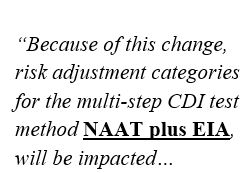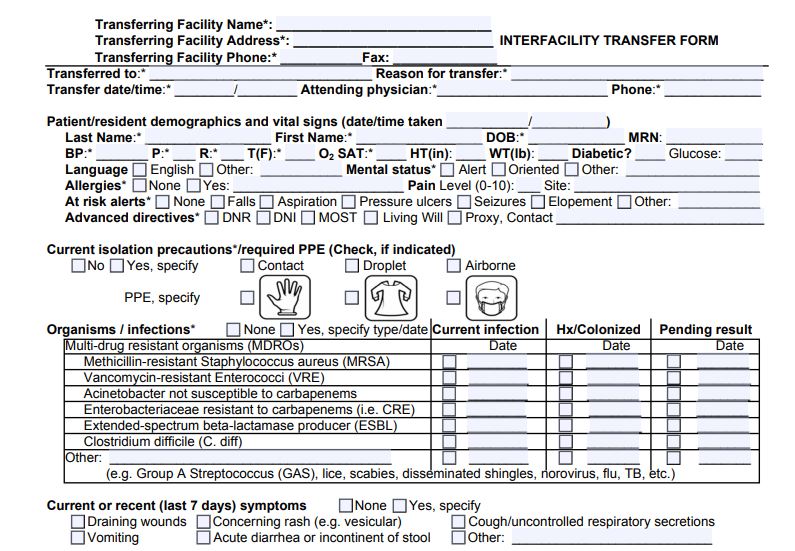SPICE is participating in a CDC grant-funded project focused on supporting and strengthening antibiotic stewardship activities in nursing homes. Over the next 2 years, we hope to provide a series of interactive antibiotic stewardship education and consultative sessions for health care providers in long-term care, including administrators, nurses, and medical providers, at no charge to the facility.
To receive additional information or to express your interest in participating, please complete this form:






